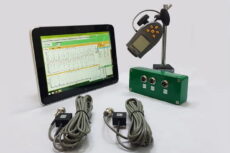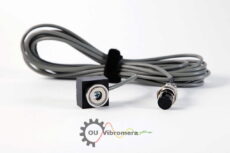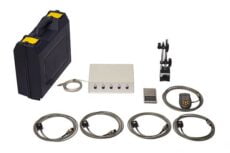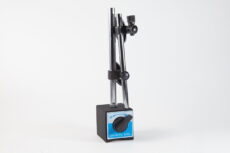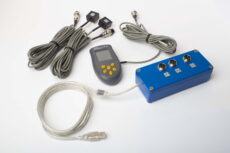Crusher Rotor Balancing: Optimize Efficiency, Reduce Vibration, and Enhance Safety
Introduction
Crusher machines are industrial workhorses, but their heavy-duty operation takes a toll on components. One critical aspect of crusher maintenance is crusher rotor balancing. A well-balanced rotor is essential for smooth operation, reduced wear and tear, optimized efficiency, and overall safety. Let's dive into the benefits and process of crusher rotor balancing.
Benefits of Crusher Rotor Balancing
Vibration Reduction in Crushers: The Key to Smooth Operation
Unbalanced rotors are a primary cause of excessive vibration in crushers. This vibration can damage not only the crusher itself but also surrounding structures and equipment. By balancing the rotor, vibration is significantly reduced, leading to a smoother and more stable operation.
Crusher Efficiency: Maximize Output, Minimize Costs
An unbalanced rotor forces the crusher motor to work harder, driving up energy consumption and reducing output. Balancing the rotor restores optimal crusher efficiency, leading to increased production and reduced operating costs.
Extend Crusher Lifespan: Protect Your Investment
Unbalanced rotors cause excessive stress on bearings, shafts, and other critical crusher components. This accelerated wear and tear can result in premature failure and costly repairs. Rotor balancing dramatically reduces this strain, extending the lifespan of your crusher and protecting your equipment investment.
Crusher Safety: Mitigating Risks
Excessive vibration caused by an unbalanced rotor increases the risk of component failure, potentially creating dangerous working conditions. Rotor balancing is a proactive safety measure that helps ensure safe and reliable crusher operation.
How to Balance a Crusher Rotor
A specialized tool called a portable balancer is the key to effectively balancing crusher rotors. Here's the process:
- - Setting Up the Portable Balancer: The balancer is carefully positioned and secured in proximity to the crusher.
- - Attaching Sensors: Vibration sensors are strategically attached to the rotor to detect areas of imbalance.
- - Initial Readings: The crusher is run, and the balancer collects baseline vibration data.
- - Test Weights: Test weights are systematically added to the rotor to identify how the weight distribution affects vibration.
- - Adjustments and Calculations: Using complex algorithms, the portable balancer analyzes the data and precisely calculates the weight amounts and placement needed to achieve balance.
- - Final Balancing: Based on the calculations, permanent weights are securely attached to the rotor.
- - Verification: The crusher is run again to measure vibration levels and ensure optimal balance has been reached.
Conclusion
Crusher rotor balancing is not a luxury - it's an essential maintenance practice that directly impacts the performance, longevity, and safety of your crushing equipment. By following these steps and investing in regular balancing, you'll reap the benefits of a smoother, more efficient, and safer crusher operation for years to come. Learn more about rotor balancing in crusher machines or explore the imperative of centrifuge balancing in industrial operations.
